Natural turf or Synthetic grass – Which is right for you?
 Mar 17,2017
Mar 17,2017

 Diamond Carpet
Diamond Carpet
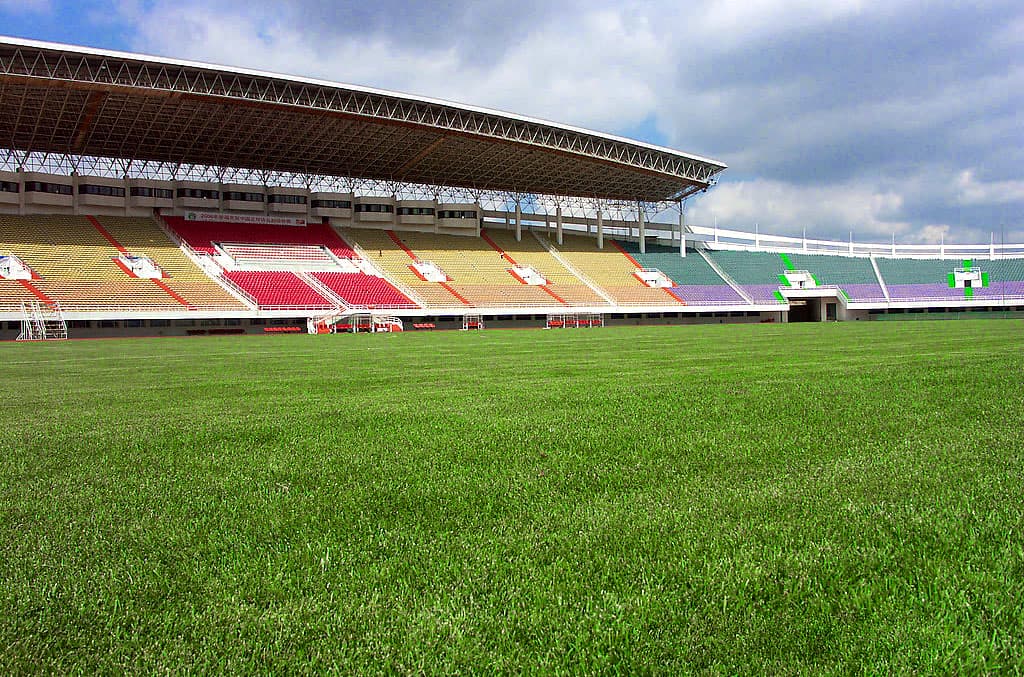
Natural turf or synthetic grass? Which is best for you… In this article we’ll discuss the pros and cons of each in an objective fashion. Hopefully we can help you make an informed choice.
Aesthetics
Appearances are subjective so the best way to decide what look you prefer, after reading this article, is to visit a display centre.
There are few complaints about the aesthetics of natural lawns. Most people have seen the beauty of a well-kept natural lawn. The real trouble in SA today is maintaining a well-kept natural lawn with droughts and the cost of water. Don’t discard the natural lawn just yet though – with the right knowledge, it is definitely possible to keep a natural lawn green and looking good throughout the year whilst using a minimal amount of water. We’ll tell you how.
Artificial grass was originally manufactured for sporting surfaces where its performance was the most important factor. As its popularity extended to landscape use, synthetic turf manufacturers began to refine the turf’s appearance. Today there are some attractive synthetic grasses that look very realistic, though a closer inspection always reveals their true origin. A key difference is that artificial turfs have a certain shine to them – they are plastic after all.
Feel
Artificial and natural turf feel quite different however a good variety of each will be soft and comfortable for playing, sitting and lying on. A key difference is that artificial turf will warm up in the sun while natural grass will stay cool. On the other hand, synthetic grass doesn’t attract bees and other insects. Again, a display centre is a good way to decide what you prefer.
Maintenance & Longevity
A natural lawn will potentially last forever providing it is maintained properly. It does require more maintenance than artificial grasses though by way of regular mowing, fertilising, watering and weed control. Synthetic turf should last around 15 years in a landscape setting before needing to be replaced. It is extremely hardwearing, with many carrying a 7-10 year guarantee. A definite bonus is that there are no dead spots, worn spots, insect damage or disease problems. It stands up to dogs very well, and looks great all year round. Damage can be repaired similarly to carpet. Artificial turf isn’t completely maintenance free though – it requires brushing, grooming and refilling around twice a year to keep it the grass blades standing upright. You can get a contractor to do this for around $100 for a 50 square metre lawn or you can do it yourself but you’ll need to buy the right equipment.
Other Implications
Synthetic turf can be great for people suffering from grass or insect allergies. It can be installed anywhere, without regard of sun, shade or soil. On the downside, because it heats up in Summer, artificial lawns aren’t always the best choice for children.
Natural turf is up to 15 C cooler than ambient temperature on a hot day in comparison to paving or bitumen and can help cool down your home. Research has shown that a natural lawn cools the environment equivalent to 4 evaporative air conditioners. Cracking of homes is reduced or stopped where lawns are watered and they filter rain water into the soil so it doesn’t just run off into the gutter. Many homes have been saved from bush fires by having a real lawn around the perimeter.
Environment Impact
Natural lawns obviously require watering which is a definite consideration in South Australia. They also require mowing and the use of fertilisers and chemicals. However grass also filters rain into the soil instead of allowing it to run off down the gutter and eradicates greenhouse gases such as Co2, Co and So2 plus many other pollutants. 100 square metres of lawn emits enough oxygen throughout the day for a family of four.
Synthetic turfs on the other hand don’t require watering, fertilisers, chemicals or mowing. However they are manufactured from plastics containing petrochemicals. Generally speaking, they are transported long distances (tests are still being done on how much this will cost the environment) whereas natural instant lawns have short shelf lives and can only be transported shorter distances.
Affordability & Installation
Initial or upfront cost is a key factor that drives a lot of people in going one way or the other. Synthetic grass will cost you somewhere between $75 – $100 per square metre to supply and install including base preparation. Natural turf will cost around $25 per square metre to supply and install depending on base preparation.
The upside with the artificial grass is that it costs very little to maintain after it’s installed, whereas natural grass will have on-going maintenance costs. This is a grey area that is easily exaggerated by those wishing to influence you towards whatever they’d prefer to sell you. Some say it takes only 5 years for the initial investment of synthetic grass to pay for itself compared to natural lawn. We tend to think it’s more like 10 years.
What’s Better for you ?
There are many factors to consider when choosing between natural turf and synthetic grass. As outlined above – both have their unique set of pros and cons. If you’re planning on keeping the lawn for 10 years or more, then cost considerations basically even themselves out. So as far as what’s better for you – think about what you like the look and feel of, how much time you have to give to maintenance, your environmental preferences, and of course, which one better suits your more unique needs.
---------------------------------------------------------------------------------------------------------------------------------------------------------------------------------
This article is written by Wuxi Diamond Carpet Manufacturing Co., Ltd. Copyright Reserved. It is not allowed to be copied without permission. For reprinting, please declare the oringinal link. Http://www.diamondcarpet.cn
Contact Us
Wuxi Diamond Carpet Manufacturing Co.,Ltd.
Tel : 0086-510-83631907
E-mail: wxdiamondcarpet@126.com
Add: 





 Home
Home The Truth About WHY To Professionally Carpet Clean-I
The Truth About WHY To Professionally Carpet Clean-I  You May Also Like
You May Also Like


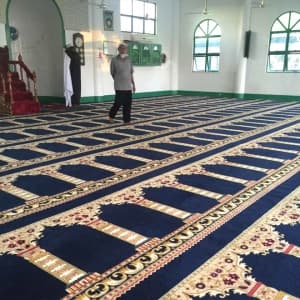
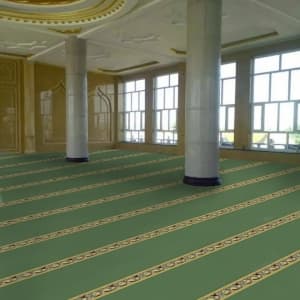
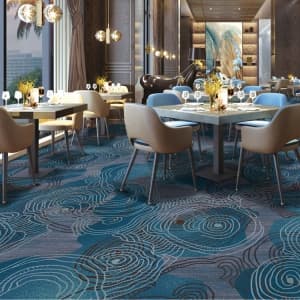
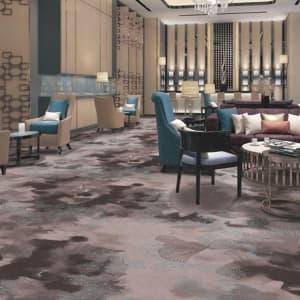
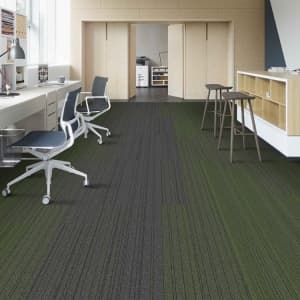
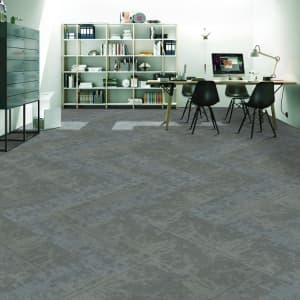
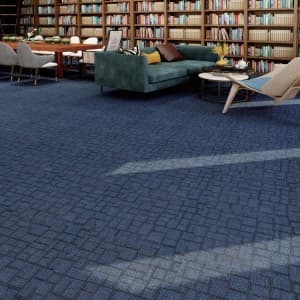

 Tel
Tel
 Email
Email
 Address
Address






